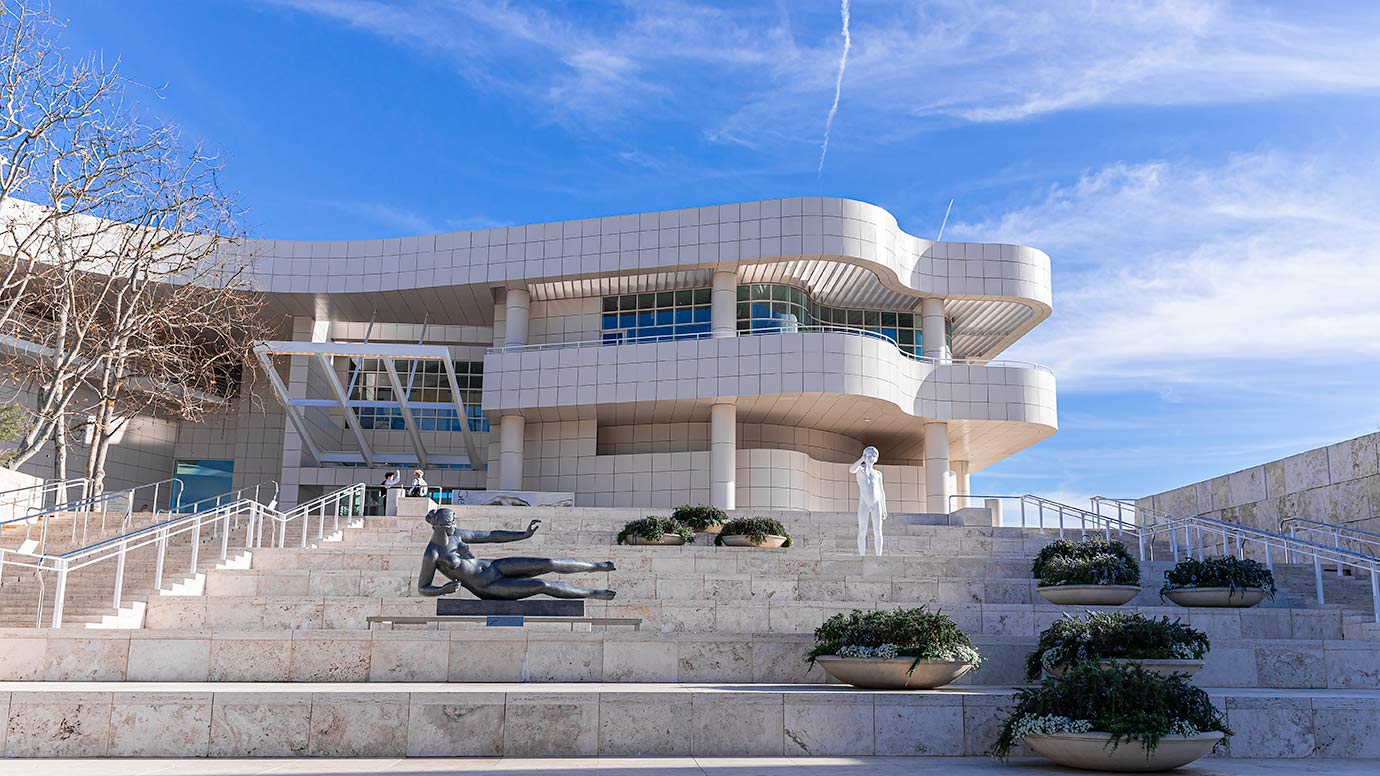
CONFERENCE HOURS
8 a.m. – 8 p.m.
LOCATION
199 N. Church Lane
Los Angeles, CA 90049
Google Map
Meet the Getty shuttle at the South Gate (199 N. Church Lane) at 7:30am.
Directions to the shuttle buses are below.
FAQ
Join us for a breakfast reception and registration from 8:00 a.m. to 8:45 a.m., where you can enjoy a light meal while checking in and networking with fellow attendees before the event begins.
We are often challenged by the question of how best to prioritize our security efforts, our training, our systems, and our annual budgets. One of the best ways to determine these aspects is to look at recent incidents that have affected other cultural properties such as museums, libraries, historic properties, etc. This presentation will provide a fast-paced review of many of the incidents that have occurred throughout the last year including fires, floods, thefts, protests, and vandalism. We will help identify trends and causes and suggest ways of preventing these incidents and/or reducing their impact. One of the biggest threats we all face is complacency, the thought that nothing serious will happen at our institution. By regularly reviewing these types of incidents with employees, we can maintain their awareness and vigilance, and hopefully avoid a similar fate.
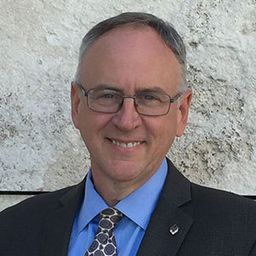
Director of Security and Visitor Services, The J. Paul Getty Trust
9:50 – 10:15 a.m.
In recent years, some of the world’s leading museums have been caught up in scandals, lawsuits, and even criminal prosecutions for acquiring, possessing, or even just displaying looted antiquities. Other cultural institutions, especially in Europe, have been thrust into the glaring spotlight for plunder taken by colonial governments as spoils of war during conquests and occupations. And, still more collections continue to grapple with the consequences of the unprecedented campaign of Nazi looting during World War II.
However, in addition to these well-understood challenges, responsible players in the art market are also beginning to recognize their vulnerability to emerging crimes like money laundering, sanctions violations, and even terrorist financing. Through a series of case studies, this presentation will illustrate how they and other market actors are navigating such obstacles. The end goal is to help fight back against these risks to institutions, their collections, and reputations.
10:15 – 10:50 a.m.
This talk will focus on the cultural emergency preparedness and response to the war in Ukraine and the scale of damage to cultural heritage and religious freedom. In 2.5 years since the full-scale war, a few thousand Ukrainian architectural, historical, and religious sites, including museums and galleries, archives and libraries, cultural centers, theatres, philharmonics, and cultural institutions were damaged and over a thousand were destroyed. Facing the threat of large-scale war, the Ukrainian cultural sector quickly self-organized itself to protect collections, venues, and people. Cultural activists, in cooperation with local authorities and communities, turned public spaces into cultural barricades, sheltering monuments and sculptures, facade decorations, and other artistic and historical objects with panels and sandbags. The solidarity of the whole world, coming together to protect culture in times of war is unprecedented in scale. In March 2022, the Heritage Emergency Response Initiative (HERI) was launched to respond to this crisis. It established a broad network of museums, archives, and library partnerships and coordinated its activities with national and international governmental and nongovernmental organization sectors. One of the legal entities of the public initiative HERI is a nongovernmental Agency for Cultural Resilience, which, with its partners, is actively engaged in the various processes to promote and contribute to the preservation of cultural heritage during wartime, coordination of aid initiatives, assessment and documentation of losses and damages, rescue of the collections, recording oral stories from the ground, museumification and memorialization of war, postwar recovery and modernization of culture, capacity building, and increasing resilience to emergencies.
We will explore the foundational tenets of “Educate, Equip and Empower” that our training curriculum and facilitation are built upon. We will explore how we develop and deliver onboarding and refresher training that serves and supports the success of our professional adult learners – the security and visitor services team. We will discuss our commitment to educating staff on the hard and soft skills necessary to succeed in their respective roles and the specific ways we build and facilitate that training. These include how we best equip our staff with the support, knowledge, resources, and tools to be purposeful, competent, and advance within their scope of responsibility, and how we empower our staff by providing classroom and digital environments, online and live activities, and demonstrations to cultivate mastery and confidence in their roles. Training is a “living” endeavor with no end. Using feedback tools, such as participant, supervisor, and manager feedback and retention measures, we are continuously reviewing our training for accuracy, effectiveness, relatability, and engagement, striving to evolve and employ the latest strategies and training modalities to continue to advance our team’s skills and their success.
|
|
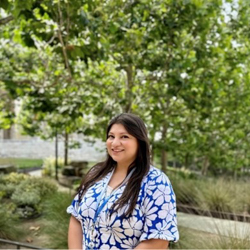
Evelyn ChicasTrainer, The J. Paul Getty Trust |
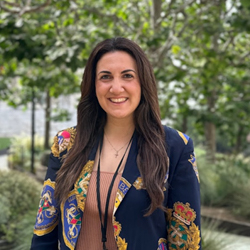
Deanna ArisdakessianSenior Trainer, The J. Paul Getty Trust |
Crime against art comes in various forms from insider theft to targeted external theft and intentional damage as seen in recent protests at cultural institutions. This is a consistent and real issue for all cultures and cultural institutions. Thus, a goal of this presentation is to identify tools and resources available to support cultural institutions in mitigating these types of threats, the protection of their collections, and to aid in the investigation and recovery of stolen items.
Special Agent, Federal Bureau of Investigation
Lunch provided by the Getty.
Leading in today’s security environment presents a unique challenge in the world of cultural property protection. Radical groups threaten priceless works of art at every turn, while visitors clamor for more access and ultra-engaging experiences. Take heart; leaders can be effective and even thrive in this contradictory environment. Join us for a session of provocative insights, realistic illustrations, and actionable application of our Disney-tested, best practices leadership content.
Our speakers will lead you through the standard of care, duty of care, and organizational responsibilities for the identification and management of risk when supporting international travel that furthers your cultural property institution’s mission. Practical methodologies, resources, and recognized best practices will be discussed, along with the limitations and challenges in the identification of risk for an evolving global climate.
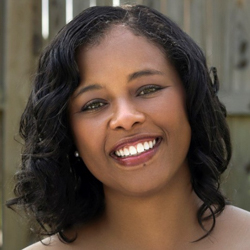
Marie MorseSenior Project Manager, Smithsonian Institution
|
|
TIEM @ 20: Assessing After 20 Years the Innovative Framework of the First Teamwork for Integrated Emergency Management for Asia Pacific Heritage Conservators, Organized by the Getty, ICOM, and ICCROM
In 2004, concerned representatives of the Getty Conservation Institute, the International Council of Museums (ICOM), and the International Centre for the Study of the Preservation and Restoration of Cultural Property (ICCROM) met and planned a pilot project inspired by ICOM’s Museum Emergency Program. Anticipating worsening climate crises and their impact on sites and moveable heritage, a program called the Teamwork for Integrated Emergency Management (TIEM) was developed with heritage professionals from either side of the Pacific, plus their European and North American counterparts. Innovative discussions and workshops were inspired by participants’ willingness to share experiences and practices, proving timely as extreme weather patterns began to affect the ways in which conservation strategies were designed in their home institutions. In between the first meeting in Bangkok, Thailand, and the second in Seoul, Korea, Hurricane Katrina happened, bringing forward our own anxieties in safeguarding collections and sites. This presentation assesses the 20 years since the TIEM course, appreciating climate issues that demand recalibrations of the preparedness framework and developing protocols to anticipate risks in dynamic situations and unstable conditions that we continually find ourselves in as we redefine the “new normal.”

Visiting Scholar, Department of Social and Cultural Analysis at New York University, and Honorary Senior Fellow at the University of Melbourne
Cultural properties’ needs around ever-maturing converged security are both broad and unique. Having a way to measure the maturity of each domain of a converged security program is critical to prioritize projects, resources, and funding. This session will cover both the life cycle of a good security metrics program and actionable metrics the audience can start to use immediately.
Principal, Ask McConnell, LLC
Closing remarks by Bob Combs.
During lunch and the dinner reception, the Sculpting with Light and PST ART: Art & Science Collide exhibits will be open for your enjoyment. You are also free to wander down to the exceptional Getty gardens.
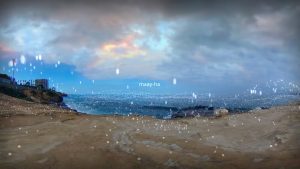
Network with peers in the cultural property protection field and enjoy private access to galleries at the Getty.
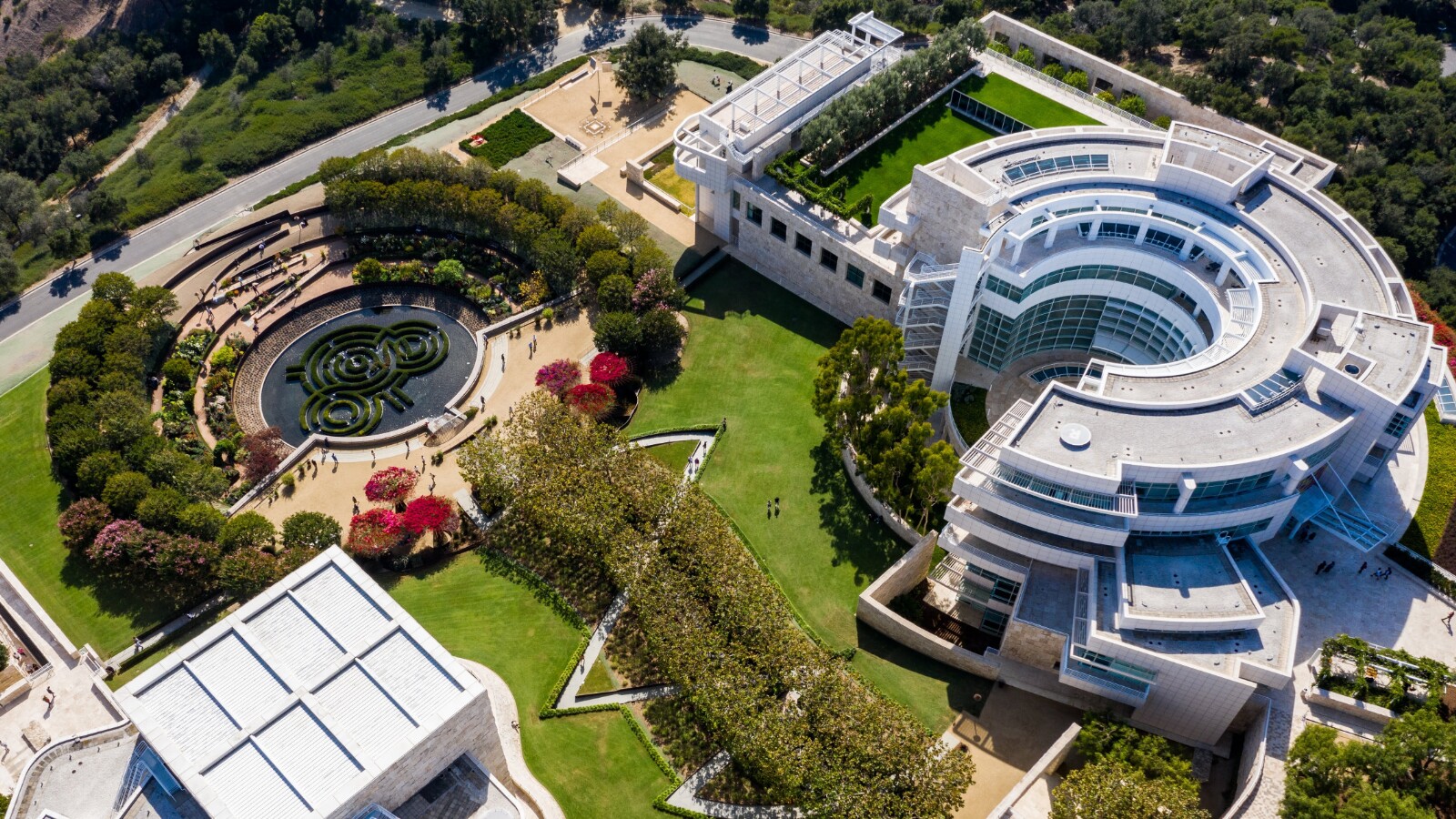
Art from the Middle Ages to today set amid modern architecture and gardens
LEARN MORETime: 7:30 am
Name badges needed to board shuttle bus.
If you miss the shuttle, you will need to find your own way to the venue.
Location:
199 N. Church Lane
Los Angeles, CA 90049
Meet the Getty shuttle at the South Gate (199 N. Church Lane).
 Catching the shuttle from nearby hotels?
Catching the shuttle from nearby hotels? From the Luxe: Depart from the Luxe Hotel and turn left on Sunset Blvd. At the first intersection, take a left on Church Lane and walk about 1/4 mile or 400 meters to 199 North Church Lane. Meet the shuttle at the security kiosk.
From the Angeleno: Depart the Angeleno Hotel and turn left on Church Lane. Cross the intersection and take a right on Church Lane and walk about 500 feet or 160 meters to 199 North Church Lane. Meet the shuttle at the security kiosk.
For those not staying at either of those hotels, we recommend that you take ride share options such as Uber or Lyft to 1200 Getty Center Drive. Getty staff will assist you following the reception to get your ride share back to where you are staying.
If you are driving yourself, please contact Les Borsay (lborsay@getty.edu ) directly so that parking reservations can be made for you.
Information for Drivers
If using a GPS device, please be aware that some give wrong directions to the Getty Center. To reach the only public entrance, use this address: N Sepulveda Blvd & Getty Center Dr, Los Angeles, CA 90049
Please be aware that there is no cell reception or Wi-Fi in the parking structure.
Metro bus line 761 stops at the Getty Center entrance at the intersection of Getty Center Drive and Sepulveda Boulevard.
To get complete route information from the Metro (Los Angeles County Metropolitan Transportation Authority): call (323) GO-METRO ((323) 466-3876) or use the Metro Trip Planner.
Join network GettyLink for free Wi-Fi during your visit. As a guest user, you are acknowledging and accepting the Acceptable Use Policy.
You can connect to the free wireless network GettyLink in most galleries and at most public seating areas. Signal strength varies with location.
For the safety and protection of our staff, visitors, and artworks, the following items may not be brought on-site:
Smoking is not allowed anywhere at the Getty Center or Getty Villa Museum, including parking garages, arrival areas, and adjacent bus stops. This includes cigars, pipes, cigarettes, electronic cigarettes, vapor cigarettes, chewing tobacco, tobacco-related products, or any controlled substance. The Getty campus is big; if you need to smoke, you will have to take a car or walk about 1 mile (20 minutes) to get off the property. Attendees should plan to refrain from smoking for the duration of the day’s programming.
Fill out this brief survey to let us know how your experience was at NCCPP2024.
Survey LinkUse #NCCPP2024 in your posts
LinkedIn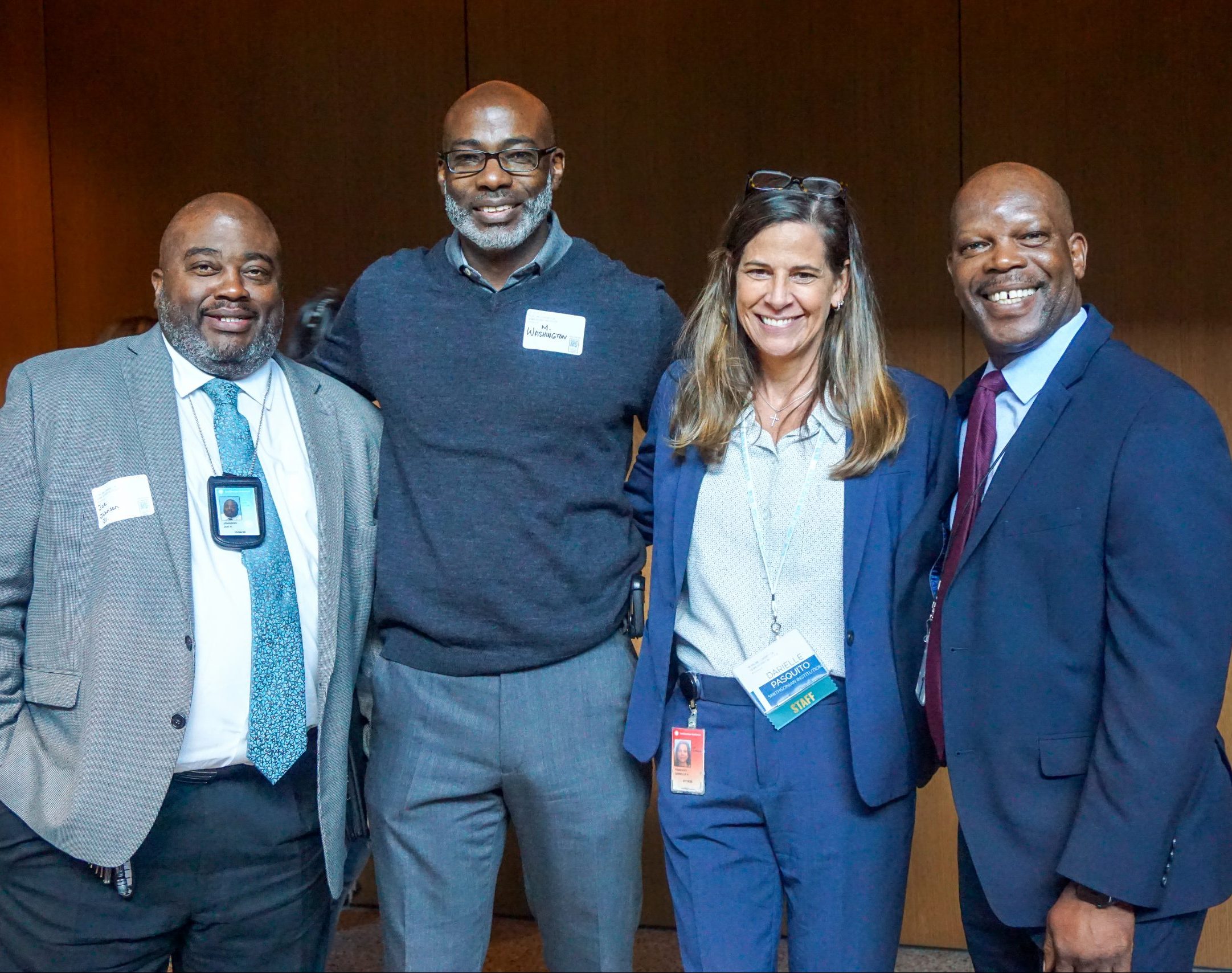
Sign up to receive news and updates directly to your inbox